How to turn your iPad into a mobile recording studio
The latest iPads are powerful music-making machines, and with the addition of some external hardware they can become the hub of a mobile recording studio

We're going to show you how to assemble a mobile studio with an iPad at its heart, with choice hardware options for audio recording and playback, and a range of other devices for playing and MIDI control.
In 2020, we might have told you that mobile music making can't yet offer the flexibility of a decent studio based around a powerful computer. However, a lot can change in a year. Fast forward to 2021, and Apple’s latest Pro iPads have the same M1 chips found in the company’s desktop and laptop machines, so the devices are very much on par power-wise with your standard computer.
Plus most of the latest iPads have USB and even Thunderbolt compatibility meaning you can plug in and play a range of audio interfaces, MIDI keyboards and more. And as we shall see, there are many such devices, and even more apps to run on iPads to make the mobile studio experience just that more, well, pro!
The hardware you need (or not)
There are some great hardware iPad options, including devices that allow you to route audio into and out of your iPad or allow you to ‘play’ your apps. Interfaces enable you to add vocals or guitars to your iPad compositions, for example, and play back the results through decent studio monitors. Keyboards let you play that synth via a Bluetooth keyboard, or controllers let you tweak a DAW.
However, as good as these hardware add-ons are, they are not essential, particularly if you don’t require any dealings with audio from the outside world. The beauty of the iPad is that it can be used to make music as a self-contained unit, with everything done within an iOS DAW and played back through the internal speaker or connected headphones. However, if you want to record proper audio, hear your music on decent speakers, or control your DAW, instruments and apps with a hardware device, read on!
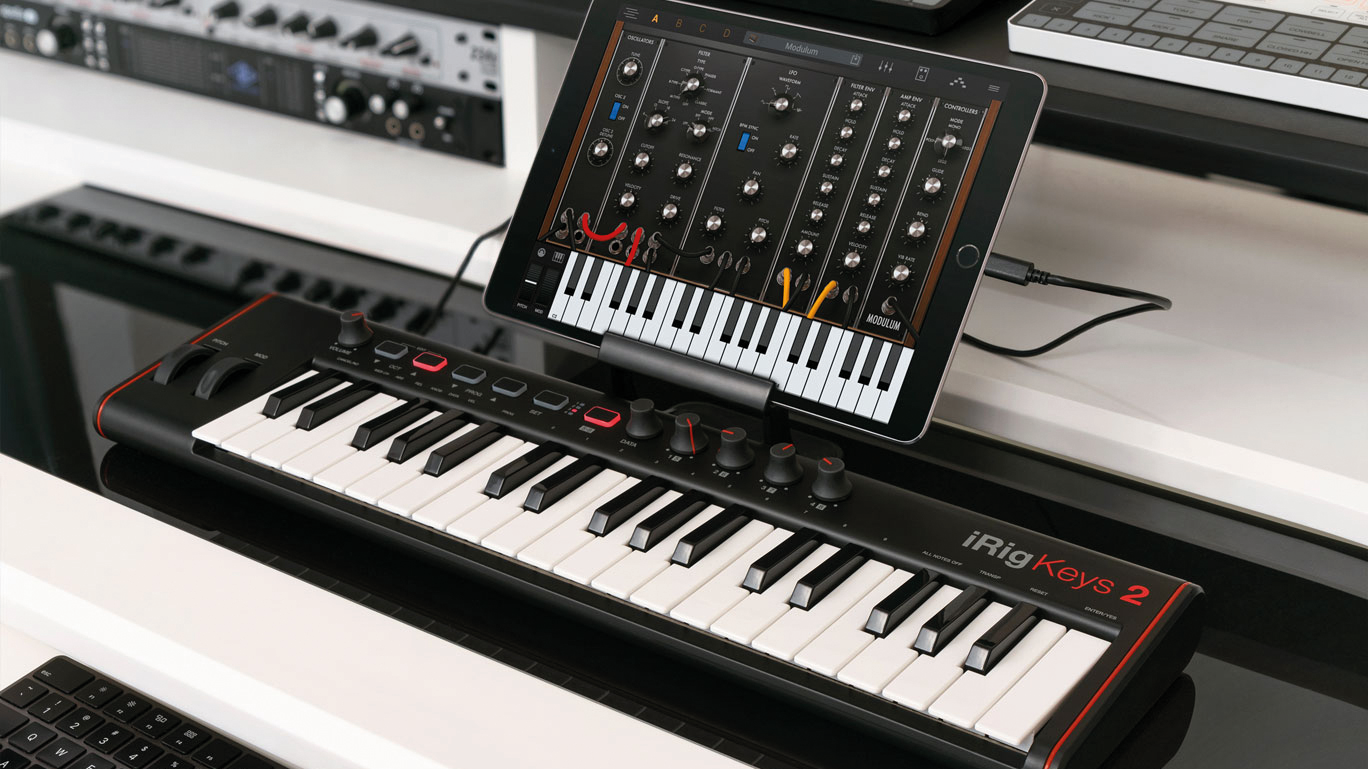
Audio interfaces
Need to record audio from the real world into your iPad? Sing, play guitar, record an entire band? It’s all possible. You could, of course, do this with the iPad’s built-in microphone but the results will be far better if you choose to use a dedicated audio interface.
As with desktop recording, your iPad interface will need mic, line or combi XLR/line inputs for connecting both microphones and instruments up for recording, plus outputs to connect to speakers. You can get any number of ins and outs with audio interfaces, so whichever combination you require, there is an interface available. Every recording situation can now be handled by an iPad, from recording a songwriter playing guitar and singing to recording several band members playing a live gig.
Want all the hottest music and gear news, reviews, deals, features and more, direct to your inbox? Sign up here.
However, deciding which interface to buy can be confusing thanks to Apple using the Lightning, USB-C and Thunderbolt interfacing standards in the current range of iPads, not to mention older USB audio interfaces not using the USB-C standard! But we’re here to clear it up and make (some) sense of it all.
Running a software iPad studio is every bit as fun and creative as your desktop/laptop studio
First, the good news. The same type of USB audio interface that you use with your desktop setup can often be used with the more expensive USB-C compatible iPads, and even higher spec’d Thunderbolt interfaces can be used with the Pro models.
Firewire audio interfaces will not work with the current range of iPads though. And older USB audio interfaces will require a USB to USB-C adaptor to work with a USB-C iPad, and might require extra power, usually by way of an AC adapter for the interface or powered USB hub to the iPad.
The best and clearest news is that a USB-C compatible audio interface will connect directly to a USB-C iPad, and in most cases a USB-C iPad should be able to power a USB-C audio interface. We say ‘most’ as this might not always be the case as specs (and indeed iPads) change so regularly.
Here, then, we recommend checking with interface manufactures. Many, like Focusrite, post regular news or blog stories to say which of their interfaces require or don’t require external power and with which iPads.
In our roundup below, we have only included interfaces that we know will work directly with the newer USB-C iPads. These are probably your target interface if you own or are considering a new, more expensive iPad. Just plug and play with (hopefully) power to boot. Using an iPad with older ‘non USB-C’ audio interfaces might require additional power to work via a powered USB hub. To be honest, it’s a faff so we’d say go USB-C all the way.
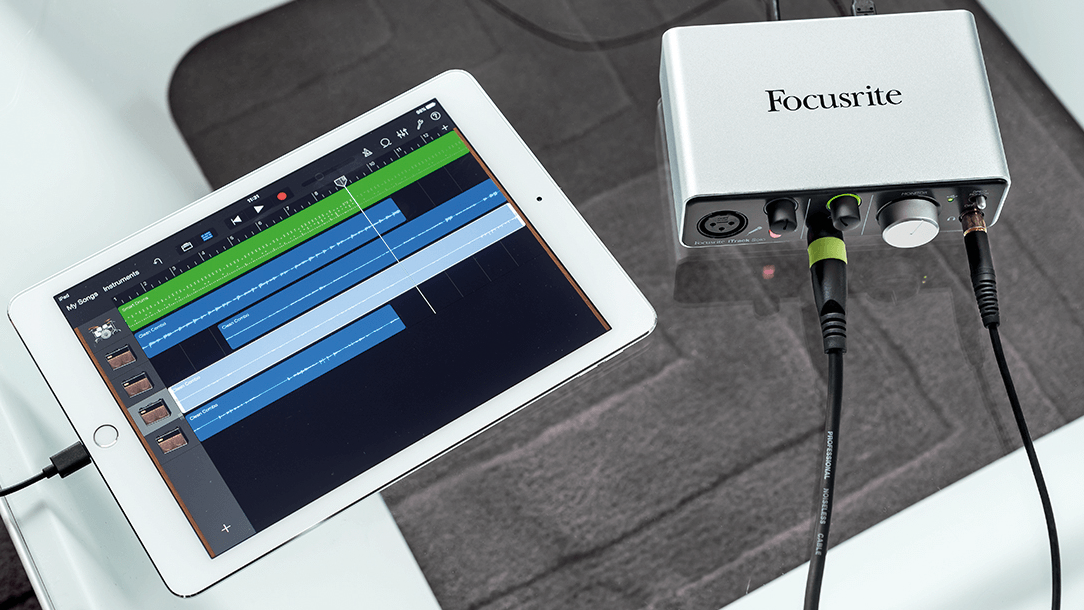
Confusing Lightning
To confuse an already murky situation, the cheapest standard iPad uses Lightning connectivity so if you want to use it with a USB interface, you will need a separate Lightning to USB adapter. Also, it’ll almost certainly not supply enough juice to power a USB interface of any type, so extra power will be needed.
That might sound like we have a downer on this iPad – we do, but only because it’s made us write a lot more words(!) – but actually it represents a cost-effective way of getting into iPad music making. And you can also solve all of the above issues by way of a dedicated Lightning audio interface of which there are a few on the market designed for specific use with Lightning devices like this. A Lightning cable will be supplied; just use it to connect the interface up to your iPad’s Lightning port.
Power is usually supplied, portability is great as Lightning compatible interfaces are small, and this really is the most cost effective way to record audio into an iPad. However, the number of inputs at your disposal may be limited.
We do understand that there are some ‘ifs’, ‘shoulds’ and ‘mights’ with iPad interfacing, but with all the iPad interfacing standards and a huge number of audio interfaces out there (USB, Thunderbolt and Lightning), it can be very, very frightening (see what we did there). It’s therefore not easy to give definitive advice, but we hope we’ve cleared some of it up!
Mic power
The big advantage of using any audio interface – as well as plugging instruments in direct to record them – is using a microphone for much better quality recordings. Lots of journalists use small-form interfaces and iPhone microphones plugged directly into their I-devices, for example. And musicians are served with some great interface and mic options, but just as with the interfaces above, you need to watch that power.
Dynamic microphones should be able to plug into most interfaces and give you decent recordings. Higher quality condenser microphones, though, require external power and you need to check with your interface whether it offers this ‘phantom power’, otherwise you might be limited to dynamic mics only or need to power your condenser via a battery. Most USB audio interfaces have phantom power options; that’s not always the case with Lightning devices though.
As with everything else we have mentioned with audio interfaces, you need to balance how many inputs you need, what mic you are using and your mobility needs – power or no power – and then choose.
MIDI control
Just as with your main computer software, having extra hardware control over it – playing notes, turning synth controls and so on – is possible with iPads. Very often, MIDI keyboards and controllers will be Bluetooth devices, so wireless, but not always the most precise playing devices in terms of timings, but great for mobile setups.
Most keyboards and controllers are USB compatible so will be fine connecting up to the more expensive iPads (probably by way of a USB to USB-C cable) or with the entry-level iPad (via that Lightning to USB adapter). And like the audio interfaces mentioned above, some MIDI keyboard devices will often need extra power although many will be powered by USB via the iPad.
Others offer the aforementioned Bluetooth connectivity. These may not need external power when connected, but will need to be powered (usually by batteries) when not. Again, the bottom line is to check the specs of whatever model you are buying to connect up with your iPad.
10 of the best interfaces, mics and MIDI controllers for iPad
Akai MPK Mini Mk3
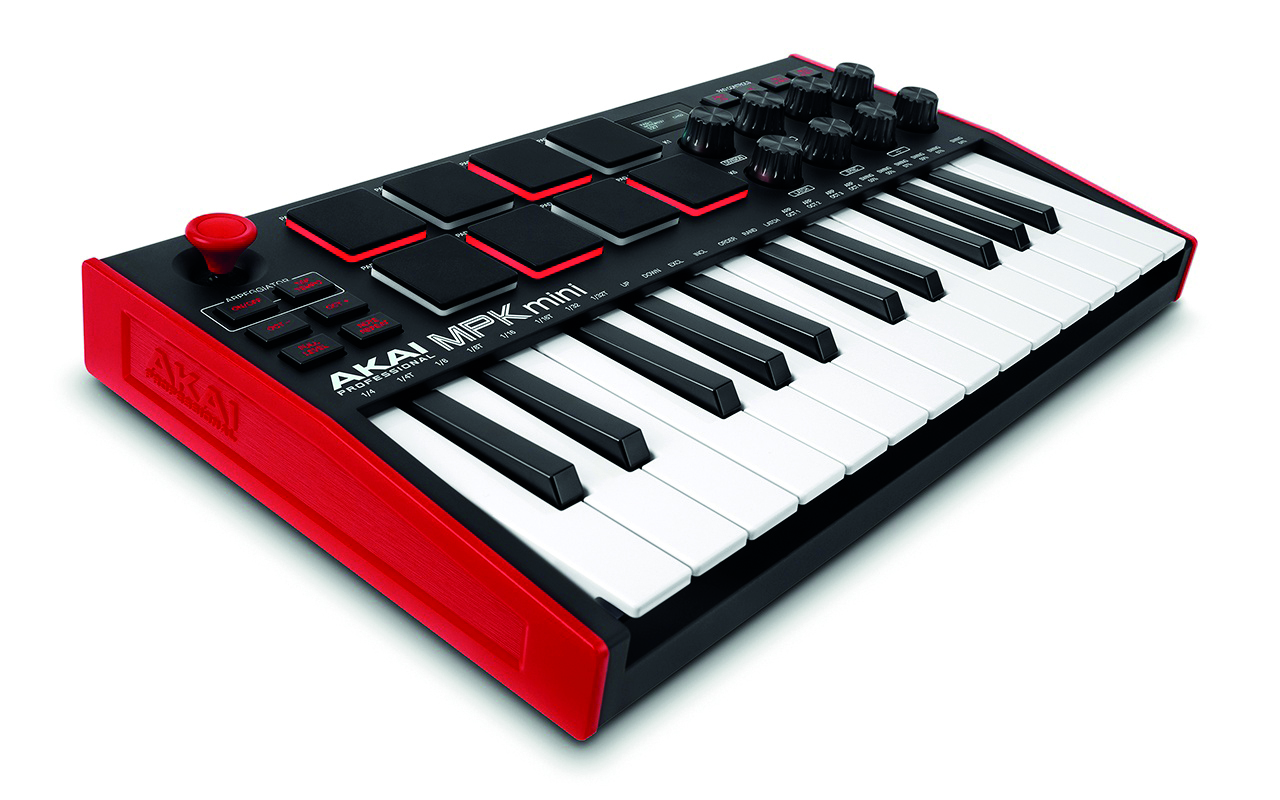
PRICE £89 | WHAT IS IT? 25 Key velocity-sensitive mini keyboard | SPECS USB-C connectivity, USB-powered
A very well spec’d keyboard for the money. It’s also great for adding melodies, basslines and simple chords to projects, and eight encoder knobs can be mapped to practically any parameter, plus those eight full-sized MPC style drum pads really make a difference.
It’s small enough to be thrown in a backpack, yet contains enough useful features to make it a highly useful addition to any studio. You’ll need a USB-C or Lightning adapter though.
IK Multimedia iRig Keys I/O 49

PRICE £270 | WHAT IS IT? 49 full-size key, velocity-sensitive keyboard | SPECS USB connectivity, powered by USB or batteries
IK have great controllers for iPad use, like iRig Keys 2 and iRig Keys 2 Mini, but we’ve opted for the larger keyed iRig Keys I/O 49. Not only is it a full-sized iPad keyboard option but it doubles as an audio interface and is a recommended third-party Apple device.
The keyboard action is decent and the onboard audio interface excels, with 24-bit/96kHz operation. The unit fits even the most hectic desktops and handles basic recording duties and MIDI control easily. It’s good value too, with a knockout software bundle.
Audient iD4 MKII

PRICE £129 | WHAT IS IT? USB audio interface | SPECS Combi XLR/line input, 2 line outs, direct monitor, phantom power, headphone
Audient have a great rep in audio interfacing and this unit works directly – and is powered by – the latest USB-C iPads (it’s a USB-C interface so that’s thankfully a no brainer). The iD4 is solidly made with all-metal casework, and with chunky controls and decent connectors, it definitely has a quality feel.
Compared to its predecessor it has a better dynamic range, improved signal to noise ratio and a beefed up headphone output and this all comes across in the sound which is transparent and with very low noise. The feature set is pretty basic, but there’s quality where it counts and the price makes it a bit of a steal for this kind of quality.
Roland Go: Mixer Pro X
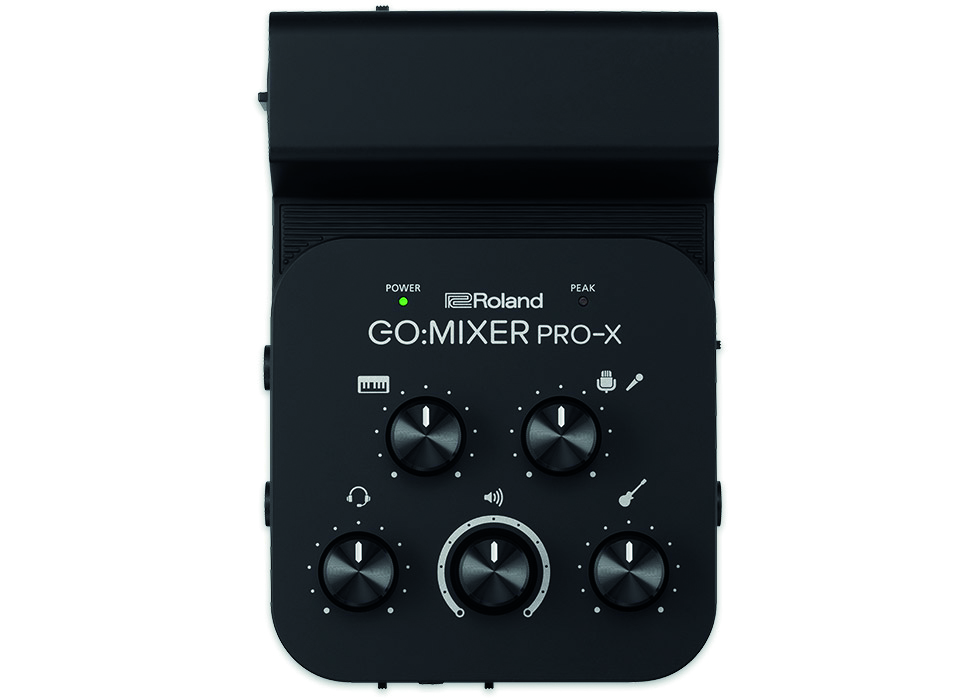
PRICE £129 | WHAT IS IT? Multi-channel mixer and audio interface | SPECS 11 inputs (mics, instruments, and more), 3 outs, headphone, powered by device or 4 x AAA batteries
A unique mixer/interface that crams a lot of inputs in a small device which can then be mixed and uploaded for streaming, podcasting or recording. There are inputs for line-level gear like keyboards, a combo jack for connecting up a mic, plus a specific input for guitar/bass.
In fact, Go: Mixer Pro can mix up to seven inputs at once so you could, in theory, have an entire band play and upload music to your iPad. It’s a little lightweight but certainly does the job well, and it’s portable enough to take anywhere and record and stream anything. And there’s connectivity for both Lightning and USB-C.
IK Multimedia iRig Pro I/O

PRICE £149 | WHAT IS IT? A portable audio/MIDI interface | SPECS Mic in, instrument in, phones out, MIDI In/Out, phantom power
The iRig Pro I/O is a very capable iPad interface, with a combi XLR/line input for guitars, instruments and mics plus 48 phantom power so you can plug in higher quality condenser mics. You get 24-bit/96kHz audio quality as well as MIDI In and Out for sending and receiving control messages.
A headphones port lets you monitor your input and a DC input lets you charge your iOS device via an optional adaptor. All cables are included though which is a bonus, as is the (claimed) $550 software bundle that includes IK apps like SampleTank SE and AmpliTube. An excellent compact, cost-effective audio/MIDI interface.
PreSonus Revelator io24
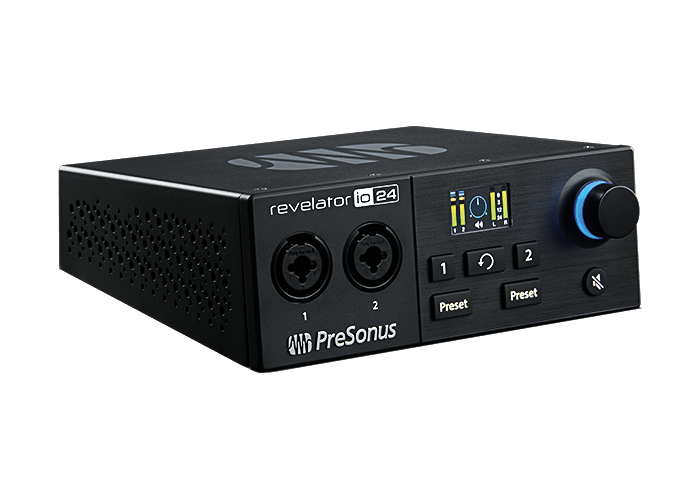
PRICE £169 | WHAT IS IT? USB audio interface | SPECS 2 Combo XLR/line inputs, 2 outputs, phantom power, loopback feature
One of the new interface kids on the block, Revelator io24 is intended for a huge variety of applications but with USB-C compatibility will hook up directly to such an iPad – although only a C to regular USB cable is supplied.
Once you do you’ll get a flexible two channels of input, two loopback channels for mixing audio from multiple sources, high quality 24-bit/96kHz recording and you can even turn the iOS tables on the device to use your iPad to control it via the UC Surface controller app. Very cool!
IK Multimedia iRig Mic Studio
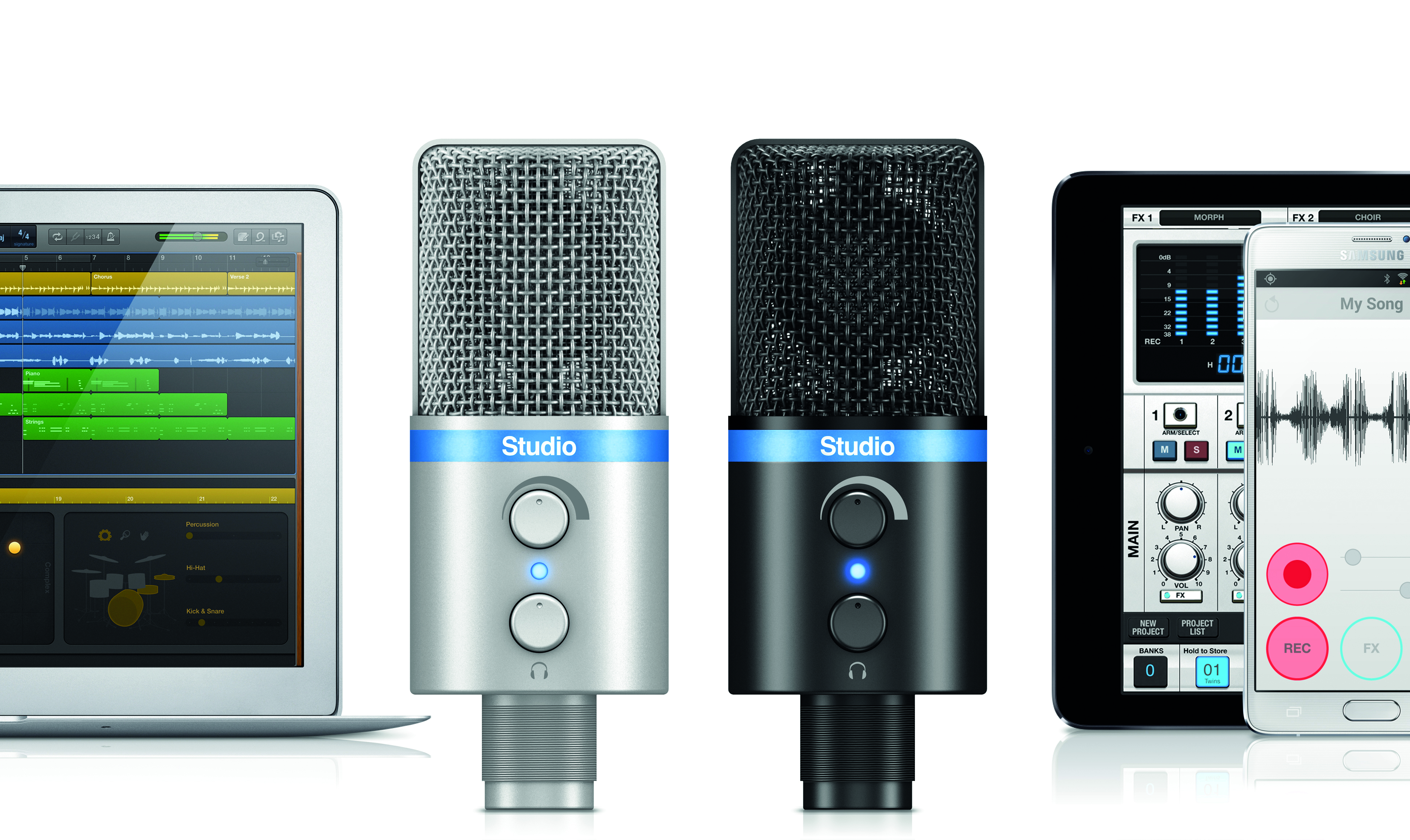
PRICE £140 | WHAT IS IT? Condenser microphone | SPECS Lightning / USB
Like you don’t know it by now, IK Multimedia have been one of the longest serving producers of iOS goods, ever since the Amplitube apps and original iRig devices started appearing in 2010. iRig Mic Studio is a large diaphragm condenser offering great quality recording capabilities for a variety of situations.
It is equally at home recording acoustic instruments, vocals and speech, with the recorded audio matching up to more expensive options from the likes of Røde and Blue. Happily it also comes with just about every cable you need for just about every iPad.
Focusrite Scarlett range

PRICE Scarlett Solo £99, 2i2 £129 | WHAT IS IT? USB audio interface | SPECS Solo: XLR input, line input, 2 line outs, direct monitor, phantom power, headphone SPECS 2i2: 2 combi XLR/line ins, 2 line outs, direct monitor, phantom power, headphone
Focusrite have tested their units with the current range of USB-C iPads and are ‘officially supported’ so not only do they work well but the Scarlett Solo and 2i2 will work via bus power; no surprise really, as they are USB-C devices. We certainly recommend the Scarlett range; these two are great mobile options. And for your Lightning iPad, Focusrite even have a dedicated iTrack Solo Lightning at around £111 with direct Lightning connectivity.
Korg microKEY2 Air-25
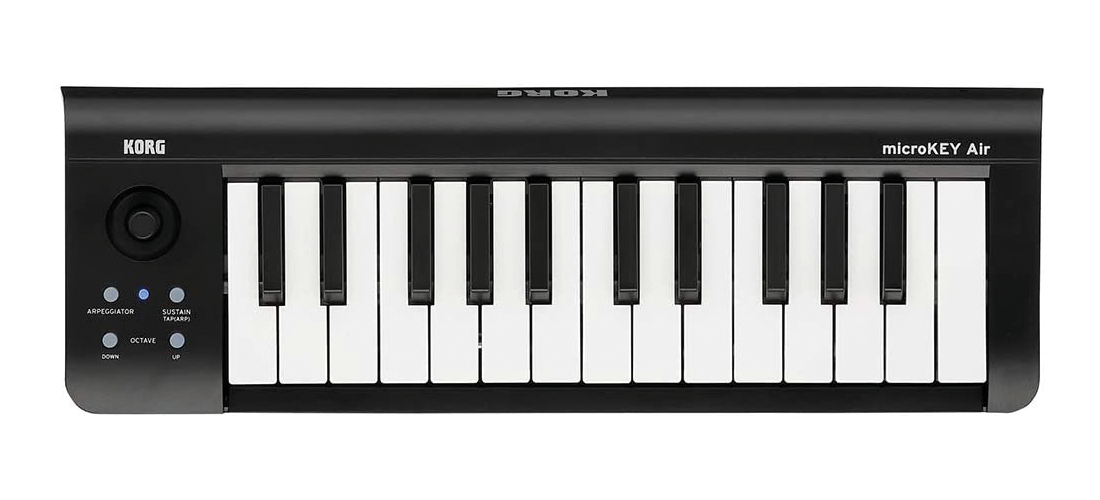
PRICE £86 | WHAT IS IT? 25 mini key, velocity-sensitive keyboard | SPECS USB and Bluetooth connectivity, powered by USB or batteries
The microKey 2 Air range includes 25-, 37-, 49- and 61-note models, all of which have the advantage of working wirelessly over Bluetooth. You’ll have to install a couple of AA batteries, but these last for around 20 hours and USB bus-powering will be an option with most iPads.
The Air 25 isn’t the most controller-packed keyboard, but it gives you the basics and plays far better than many of its rivals. It’s also easy to set up and operate, so if you want to free yourself from the tyranny of cables, you’ve found the MIDI controller keyboard you need.
AKG Lyra
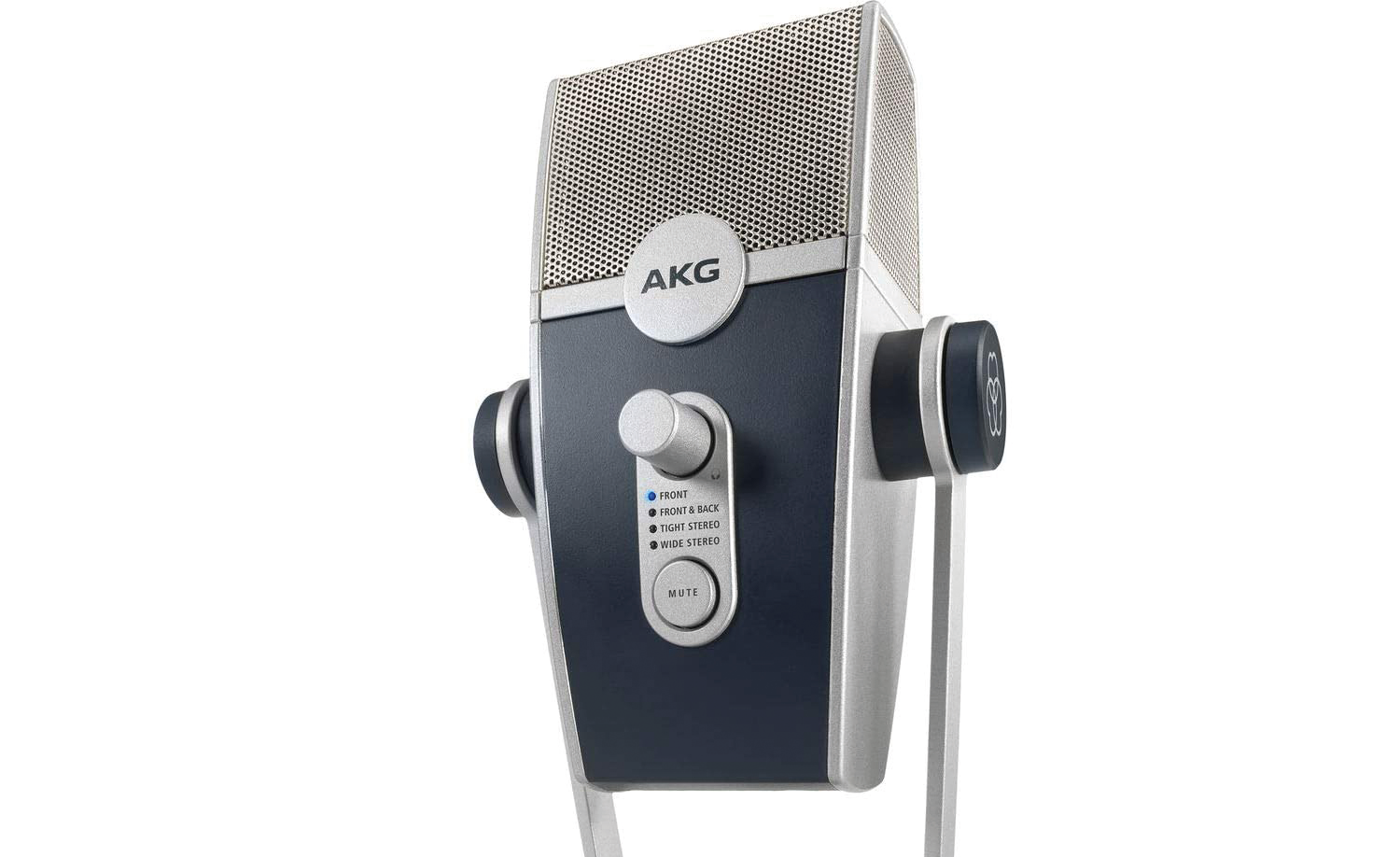
PRICE £140 | WHAT IT IS Condenser microphone | SPECS USB-C connectivity
Like other products here, the Lyra automatically becomes an iPad friend because of its USB-C connectivity – although you’ll need to buy a cable to connect direct. That said, it also wins out through its striking build quality, flexible multi-pattern design and hi-res recording that is suited to a range of podcasting and music recording tasks. Plus it looks pretty cool too.
There are cheaper mic options out there, for sure, but the AKG Lyra is sonically in another league compared to many USB mics we have tested, and will stretch to many more musical duties, as well as giving your podcasts a professional sound.


Computer Music magazine is the world’s best selling publication dedicated solely to making great music with your Mac or PC computer. Each issue it brings its lucky readers the best in cutting-edge tutorials, need-to-know, expert software reviews and even all the tools you actually need to make great music today, courtesy of our legendary CM Plugin Suite.
